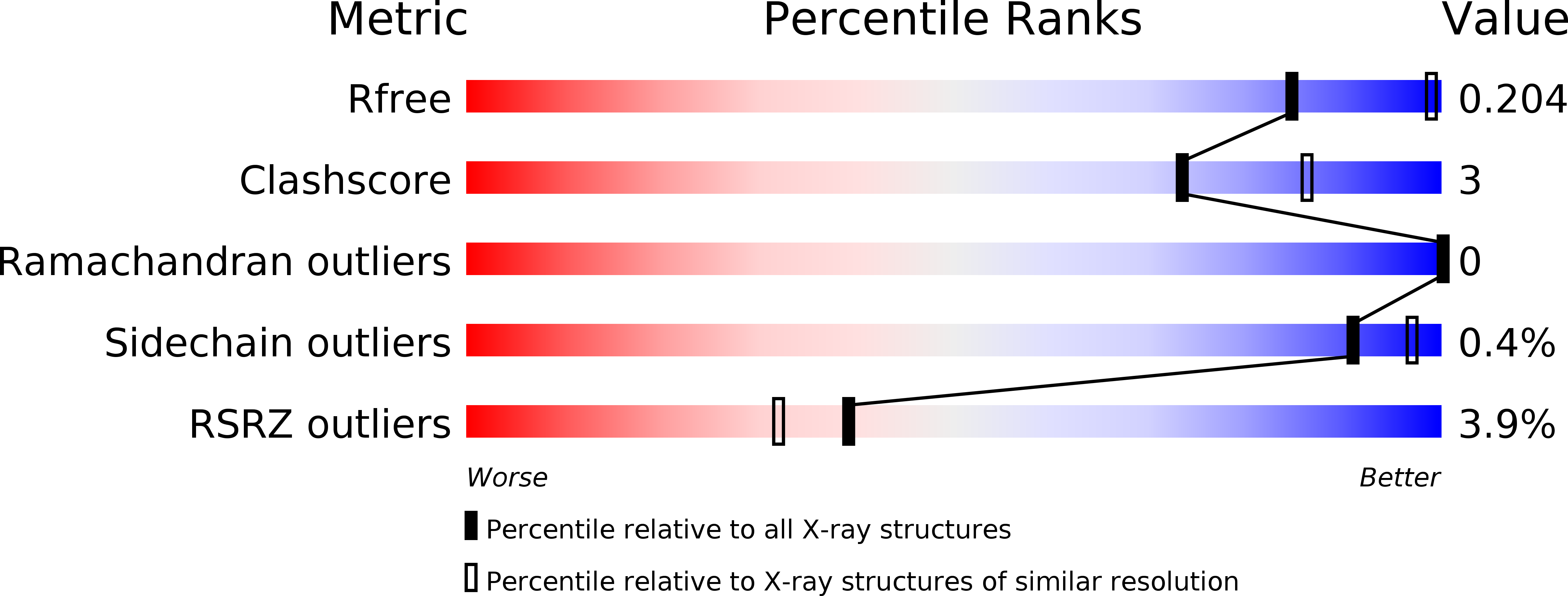
Deposition Date
2017-04-10
Release Date
2017-08-02
Last Version Date
2024-01-17
Entry Detail
PDB ID:
5NO1
Keywords:
Title:
Crystal structure of the Prototype Foamy Virus (PFV) intasome in complex with magnesium and the INSTI XZ407 (compound 5g)
Biological Source:
Source Organism:
Human spumaretrovirus (Taxon ID: 11963)
synthetic construct (Taxon ID: 32630)
synthetic construct (Taxon ID: 32630)
Host Organism:
Method Details:
Experimental Method:
Resolution:
2.60 Å
R-Value Free:
0.20
R-Value Work:
0.17
R-Value Observed:
0.17
Space Group:
P 41 21 2


